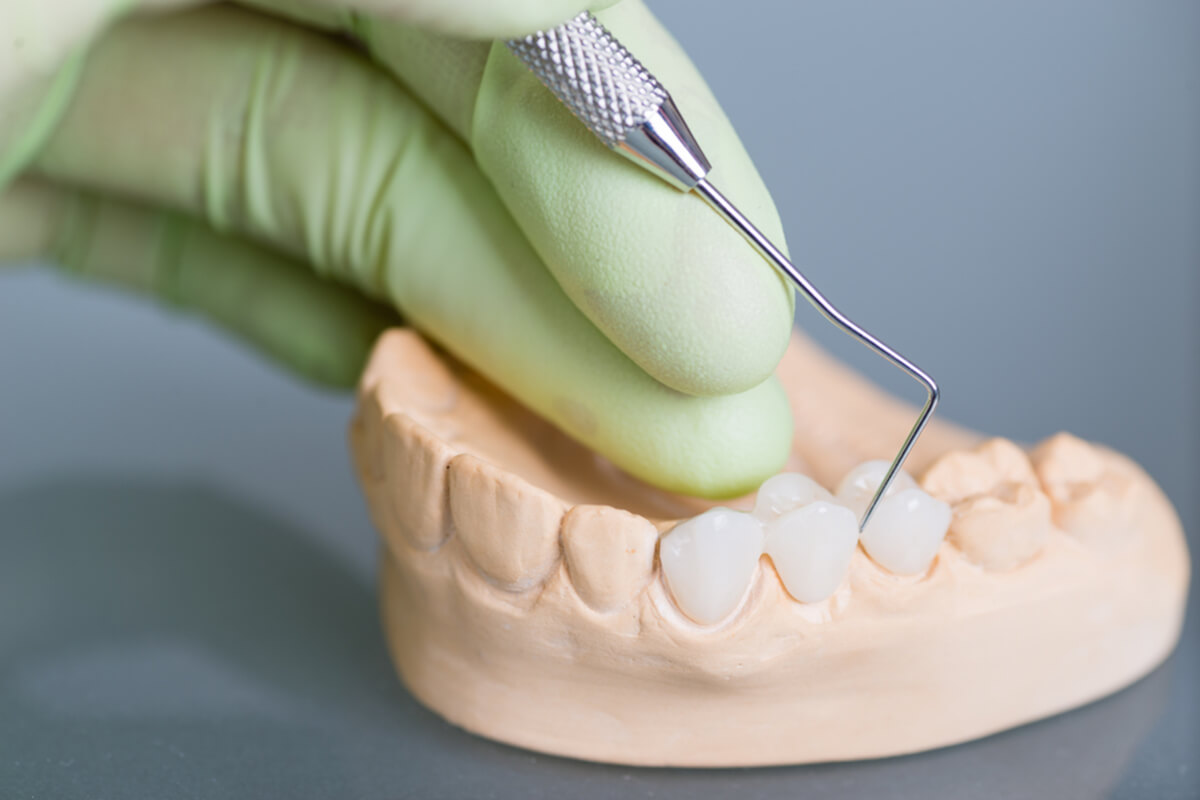Your smile’s general health and look can be greatly impacted by missing teeth. It’s important to be aware of your options if you’re searching for a way to replace lost teeth. Finding the perfect treatment option for you will be easier.
Here are five things you should know before choosing dental bridges in Grande Prairie as a treatment option if you need to repair one or more lost teeth.
What are Dental Bridges? How Do They Work?
A dental bridge is a commonly used dental appliance that alters missing natural teeth with artificial teeth made of porcelain or resin. A bridge, also known as a filler, artificial tooth, or partial denture, is attached to crowns that secure the appliance to healthy teeth. To effectively attach the bridge and keep the false teeth in place, the crown may cover two or more teeth. A dentist near you can advise implanting teeth on either side to hold the bridge in place if natural teeth are not an option.
Your dentist will start preparing the anchor or abutment teeth once it has been determined that a dental bridge is the best option for replacing your lost teeth. This initial treatment is normally carried out under local anesthesia and is not frequently thought to be uncomfortable.
The bridge will be installed at your second appointment. Your new dental bridge could seem bulky at first after being installed, but this should pass as you become used to the new prosthetic. Your dentist will be able to check the bridge during the third and final follow-up examination and make any corrections required for any discomfort or pain you may be feeling.
Things to Consider When Getting Dental Bridges
Types of Bridges Available
There are four different kinds of bridges: traditional, cantilever, Maryland, and implanted-supported.
- Traditional – The classic bridge which is often composed of ceramic or porcelain fused to metal, is the most widely used dental bridge. On either side of the gap left by the lost tooth, a dental crown or implant must be made, with a pontic in between.
- Cantilever – When the patient has a healthy tooth on the side of the gap where the bridge will be placed, a cantilever bridge is employed.
- Maryland – A porcelain tooth in a metal framework is joined to porcelain or metal wings that are bonded to the neighboring teeth.
- Implant-supported – These bridges are, as the name indicates, fastened to titanium implants that are surgically installed into your jawbone. This ensures that your bridge remains in place.
Getting a dental bridge will fix your tooth problems more quickly and affordably. You might, however, struggle to keep your dental bridge clean. If the bridge is attached to both sides of the teeth, you won’t be able to floss in between them. The bridge can be cleaned with a proxy or a soft-bristled brush. Additionally, you can use specific floss made for cleaning around bridges.
Dental Bridges vs Implant Bridges
It’s important to speak with a local dentist before making any decisions about your teeth. When deciding whether you need dental bridges near you or an implant bridge, your dentist is in a better position to advise you than you are. A person must have enough dense bone tissue in their mouth to secure the titanium implants before receiving an implant bridge.
Dental Bridge Lifespan
Although getting a dental bridge can be challenging, it is eventually required to stop more tooth pain and damage because it doesn’t last forever. The normal lifespan of a dental bridge is 5–15 years. Maintaining good oral hygiene might also extend the life of your dental bridge. When done correctly and using the best materials, crowns and bridges can survive for more than ten years. However, some crowns and bridges can last a lifetime with the right maintenance methods.
Diet Adjustments
You will need to alter your diet after getting a dental bridge installed. You need to stop eating some of the foods you did before receiving your bridge because they can harm your bridge or your abutment teeth. You should stay away from items like nuts, popcorn, hard snacks, and sweets, among others. Avoid eating or drinking that can cause the teeth supporting the dental bridge to lose their crown.
Stop By Our Local Practice Today!
We at Swanavon Dental Clinic recognize the value of having a radiant, healthy smile. For this reason, our dentist in Grande Prairie provides bridges to replace lost or damaged teeth and restore your confident, beautiful smile. Schedule a consultation to find out more about our restorative therapies and how they may make you feel terrific once more.


